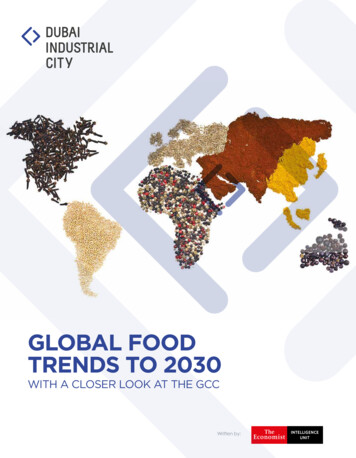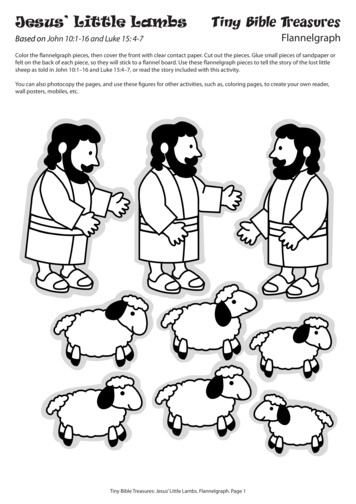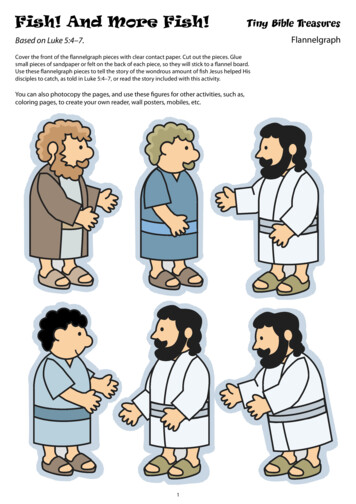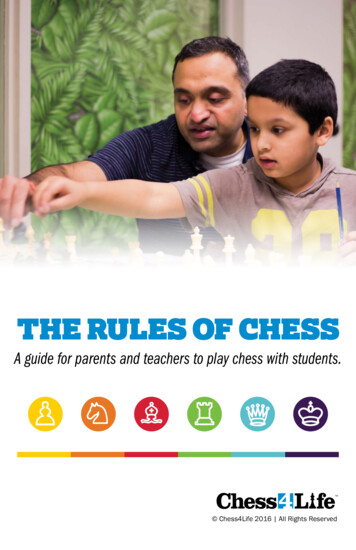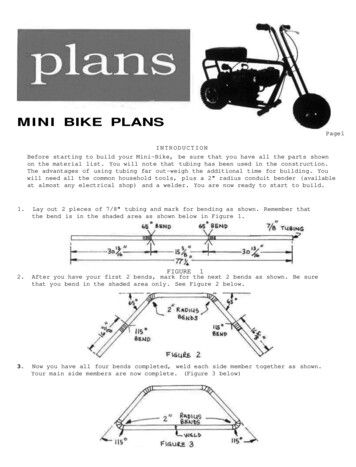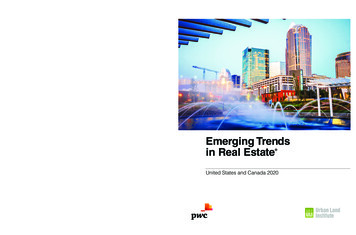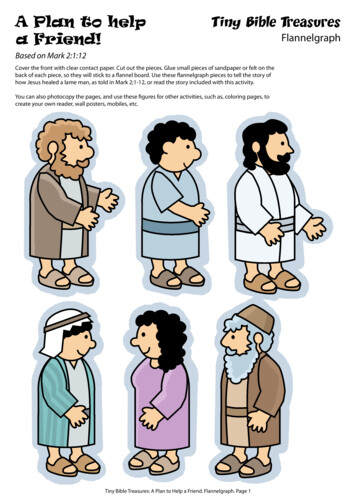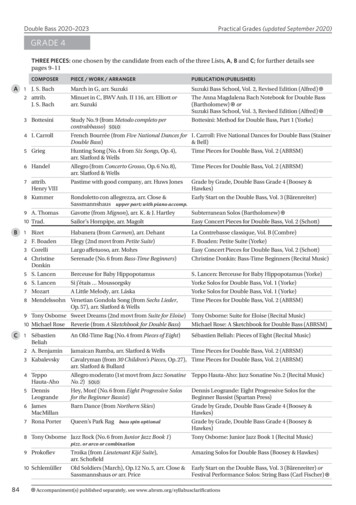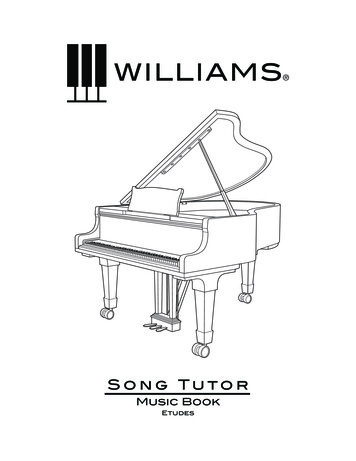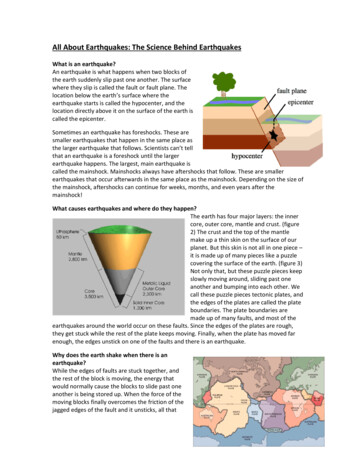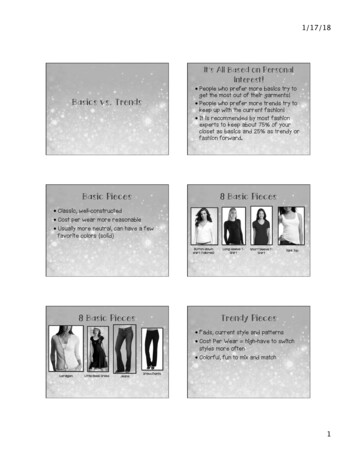
Transcription
1/17/18It’s All Based on PersonalInterest! People who prefer more basics try toget the most out of their garments! People who prefer more trends try tokeep up with the current fashion! It is recommended by most fashionexperts to keep about 75% of yourcloset as basics and 25% as trendy orfashion forward.Basics vs. TrendsBasic Pieces8 Basic Pieces Classic, well-constructed Cost per wear more reasonable Usually more neutral, can have a fewfavorite colors (solid)Button-downshirt (tailored)8 Basic PiecesLong-sleeve TShirtShort Sleeve TShirtTank TopTrendy Pieces Fads, current style and patterns Cost Per Wear high-have to switchstyles more often Colorful, fun to mix and matchCardiganLittle Black DressJeansDress Pants1
1/17/186 Trendy Pieces6 Trendy PiecesCasual JacketWoven ShirtPatterned JeansSkirtDressy JacketPatterned ScarfGarmentFashion Terms Any article of clothing Dress, coat, suit, sweater, pants, etc.ApparelWardrobe All men’s, women’s and children’sclothing. Basically another term for clothing usedin the fashion industry. All the apparel a person owns includingall garments and accessories2
1/17/18Trend The movement of fashion into andthrough the market place How long a fashion remains popular Change in hemlines, waistlines, color,shoe style, etc.)Fashion Cycle A cycle of the rise, popularization, anddecline of a particular style. Follows the sequence:– Introduction– Rise– Peak– Decline– OutdatedSilhouette The shape of a clothing style shown byits outer lines.Fashion The currently accepted style A prevailing type of clothing that isfavored by a large segment of thepublicStyle A particular shape or type of apparelitem. The style of garment is determined bythe distinct features that create it’soverall appearance Specific design details create specificstyles (i.e. a sheath, shift, and princessare all different styles of dress)Design Detail The various garment parts thatdistinguish styles. Necklines, collars, sleeves, bodice,lapels, hemlines, etc. (A T-shirt is agarment type, the neckline changes thestyle of that garment i.e. crew neck,Henley, v-neck etc.)3
1/17/18Fit The right size or how tight or loose theclothing is on the person wearing it.Tailored A garment made by cutting fabricpieces and then sewing them togetherto fit the bodyHaute Couture (oat-koo-TOUR) French for “Fine Sewing” The finest clothing fromfashion houses by majordesigners Made for the individualcustomer, look and fit takepriority over the cost ofmaterials and the time ittakes to make The most costly garments,ranging from 2,000 40,000.Draped Wrapped or hung on the body andusually held in place with pins, toggles,buttons, sash or belt.Composite A garment that is a combination oftailored and draped.Avant-Garde A French expression that inthe clothing industry meansbeing ahead of fashion.– Daring and unconventional,do not appeal to mostpeople– ex. Cut out clothing, brighthair colors, extreme lip color– Don’t last long4
1/17/18Accessories Articles added to complete or enhancean outfit Shoes, belts, handbags, jewelry, etc.FadClassic Item of clothing that satisfies a basicneed and continues to be in fashionacceptance over an extended periodof time Timeless piecesFad vs. Classic A temporary, passing fashion. An item that has great appeal to manypeople for a short period of time.Fad vs. ClassicFad Go out of fashion veryquickly, very short lived Extreme styles Large accessoriesClassicSome ExamplesFADCLASSIC Never go out of fashion Very simple in design May experience slightalterations, but basicallystays the same5
pieces and then sewing them together to fit the body Composite A garment that is a combination of tailored and draped. Haute Couture (oat-koo-TOUR) French for “Fine Sewing” the clothing industry means The finest clothing from fashion houses by major design
